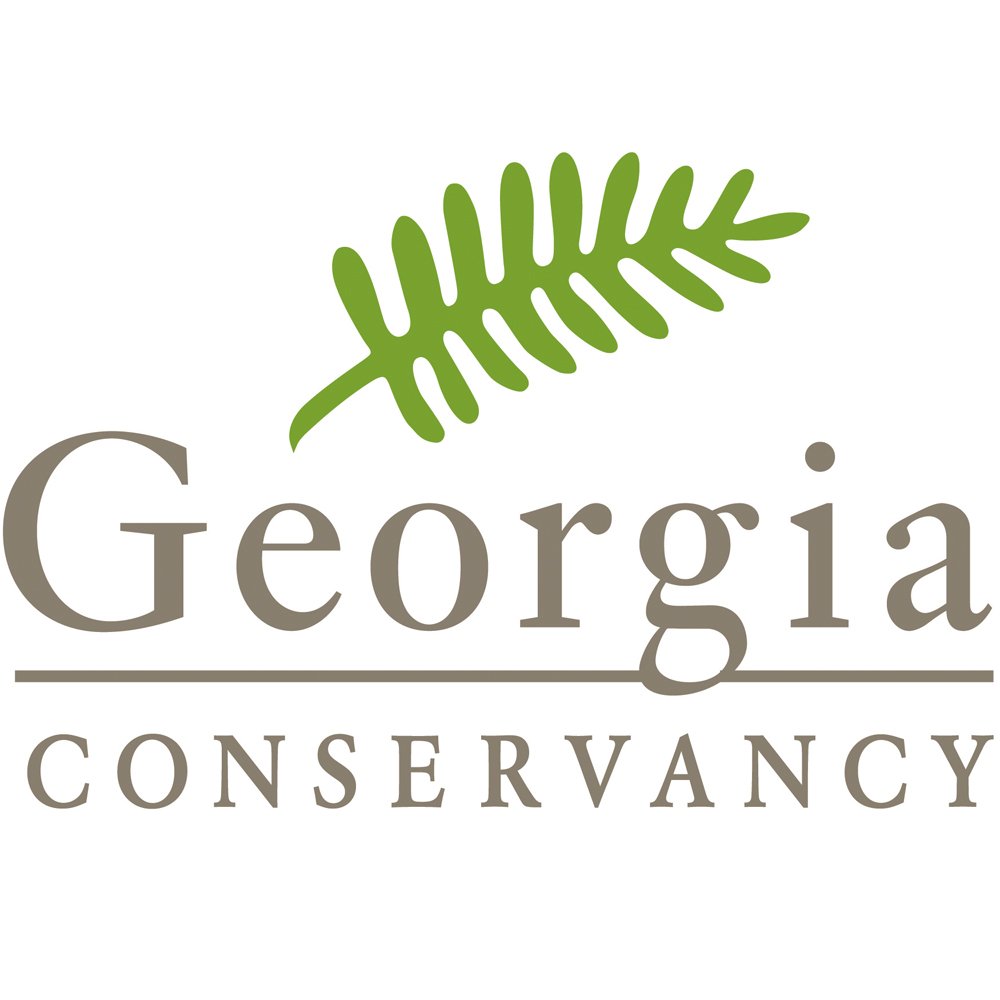Housing Assessment: Jackson County
A collaborative assessment of housing needs and opportunities in Jackson County
DOWNTOWN JEFFERSON in Jackson County
Jackson county sits at the outskirts of the Metro Atlanta, an hour’s ride northeast on I-85. Like many of its peer counties, Jackson faces unprecedented development pressure, and with that an urgent need to appropriately place and scale new housing without compromising its agricultural lands and city and county services.
In acknowledgment of the challenges ahead, the Jackson County Chamber of Commerce identified a need to study the regulatory, historical, and demographic conditions affecting housing in their county. In 2021, they commissioned Georgia Conservancy and MicroLife Institute to jointly investigate. Georgia Conservancy’s role was to research demographic trends and development patterns in the county and its nine municipalities. After analyzing data points like household sizes, housing types, zoning and comprehensive plans, and residential building trends, the project team was able to build a picture of current housing conditions and offer a roadmap for the future.
With the county projected to about double in population by 2050 and with a proven track record of recruiting major employers like Kubota, Toyota, Amazon, and SK Battery, the need to accommodate more households is obvious and imminent. The project team was able to share several findings that could contribute to constructive changes in policy and practice, including identifying a mismatch between house size and household size and income. This means that there are fewer housing options available at various price points for households from different income brackets to pursue. In addition, housing options in Jackson tend to start at 3-bedrooms or larger, restricting choice for those seeking to downsize and outpricing lower-income buyers looking for smaller, more affordable houses.
The culmination of the project was a presentation of the research findings and a toolkit on development practices that will result in better growth outcomes—outcomes that strengthen downtowns, preserve precious agricultural lands, and lead to a variety of housing types in areas well-serviced by public infrastructure.
PROJECT PARTNERS
The Georgia Conservancy
Katherine Moore, President
Nick Johnson, Senior Planner
Luben Raytchev, Designer/Planner
MicroLife Institute
Will Johnston, Executive Director
Kim Morrison, Director of Policy & Development
Erica Coperhaven, Project Coordinator
Jackson County Area Chamber of Commerce
Jim Shaw, President/CEO
John Scott, Vice President & Director of Economic Development
Questions? Reach out to Georgia Conservancy Community Design Lead Luben Raytchev at lraytchev@gaconservancy.org





